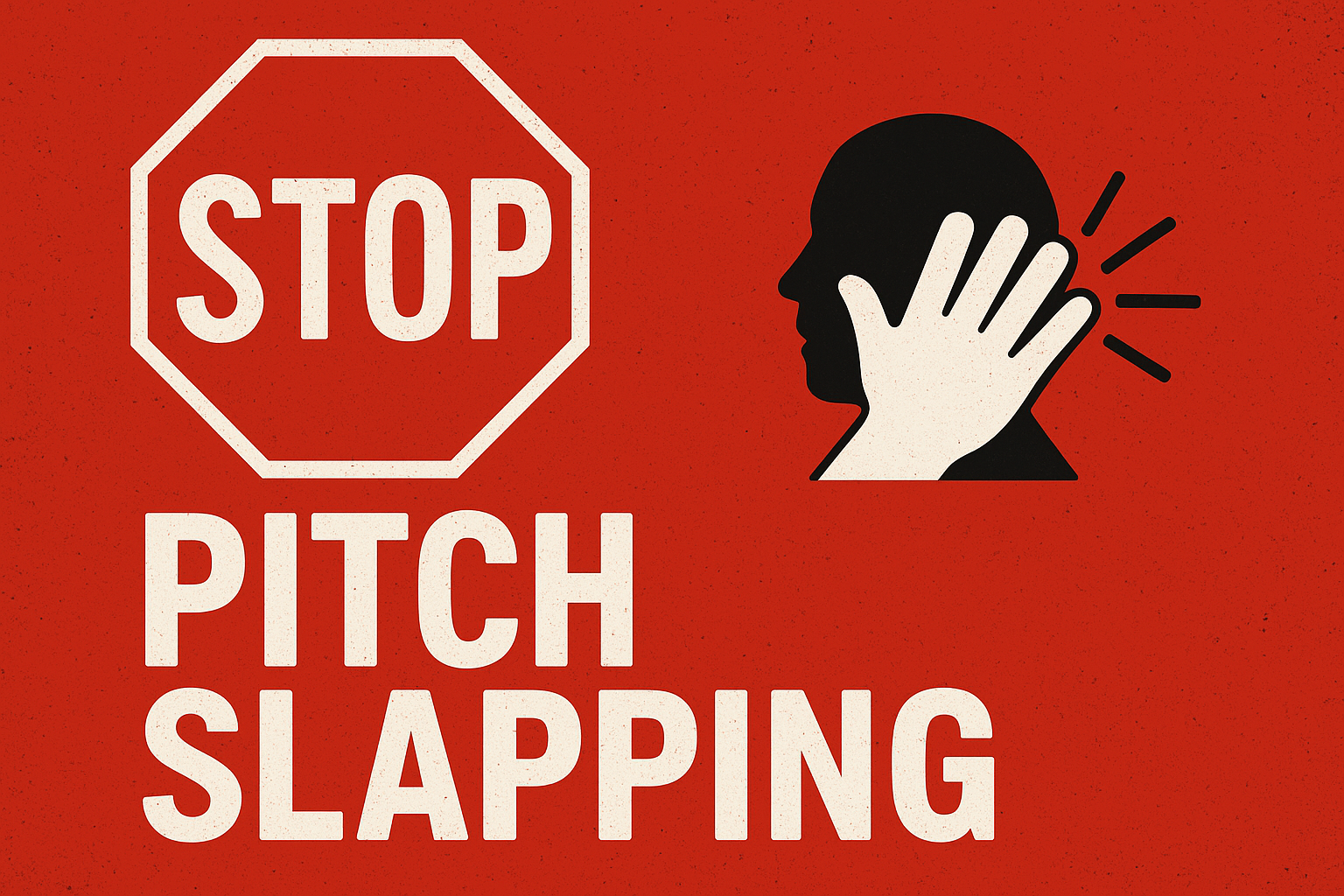
I Ain’t Afraid of No Ghost: How to Defeat Sales Ghosting

TL;DR: I Ain’t Afraid of No Ghost in Sales
Sales often feel like ghost-hunting—chasing silent prospects and wondering why they’ve disappeared. But just like actual ghosts, “ghosting” in sales isn’t real. If a prospect stops responding, it’s because you’re not delivering enough value. Rather than writing off deals after a few follow-ups, focus on consistently bringing new value propositions to the table. Sales success comes from persistence, collaboration, and keeping the conversation alive. Ghosts aren’t real—neither is ghosting. Just follow up.
Key takeaways:
- Consistently deliver new value to re-engage prospects.
- Think in terms of hundreds of follow-ups, not just a few.
- Collaborate across your team to keep all stakeholders engaged.
There are ghost-hunting shows where people chase the supernatural, trying to catch a glimpse of something just out of reach. It’s all about searching for something that might not even be there. Funny enough, sales can feel the same way. We often find ourselves chasing after the “ghosts” of unresponsive prospects, trying to define why they’ve suddenly gone silent. But just like the myths and legends those ghost stories are built on, sales ghosting is often nothing more than a figment of our imagination.
I’m here to tell you, just like the Ghostbusters: I ain’t afraid of no ghost.
One of my favorite sales parts—where I consistently outperform others—is this: I don’t believe in ghosting, at least not as the final word on a deal. Just because a prospect hasn’t responded doesn’t mean the deal is dead. You won’t see me marking a deal as lost simply because someone didn’t get back to me after a couple of follow-ups. Too many salespeople make this mistake, writing off unresponsive deals as dead and moving on prematurely. But here’s the truth—ghosting isn’t real. The real reason they’re not responding? You haven’t given them enough value to justify continuing the conversation.
Ghostbusting in Sales: It’s All About Value
If a prospect goes quiet, it’s on you. Why? Because somewhere along the way, you stopped delivering value. It’s not about the ghost but what you did (or didn’t do) to keep them engaged.
Sales delivers value, not just once, but repeatedly across multiple touchpoints. It would be best to offer new reasons for stakeholders to stay invested in the conversation. This applies especially in complex sales environments where decision-making isn’t just about one person, but about teams, budgets, and layers of approval. If you only follow up with “Just checking in,” you’re not bringing anything new. You’re not ghosted—you’re just not relevant.
Stop Believing in Ghosts
Now, let’s talk about your pipeline. How often have you been in a meeting, lamenting that a deal is stalling because the prospect has gone silent? How many of your colleagues have taken to LinkedIn to complain that they’ve been ghosted by a prospect they “knew” was interested? I’m here to tell you that this is just as ridiculous as believing in real ghosts.
A common misconception in sales is that if you follow up two or three times, you’ve done your job. It’s easy to get caught in the lie that a couple of follow-ups are enough, and if the prospect hasn’t responded, they’re not interested. But how would your behavior change if we stripped away the option to close deals as “unresponsive” in your CRM? You’d be forced to get creative, to dig deeper, and to find new ways to engage. That’s what separates the real closers from the ones who are just chasing shadows.
Let me share a story with you.
The Long Haul: Busting Ghosts, One Follow-Up at a Time
My first million-dollar deal took 18 months to close. It wasn’t straightforward, and it didn’t happen overnight. I went through three different decision-makers, each time having to resell the entire opportunity. After a year, I had approval from all stakeholders, but then I hit the wall of procurement. The next six months were spent in a steady, deliberate follow-up process—every two weeks, without fail.
During that time, my colleagues went through seasons of belief and doubt. When I was hearing regularly from the prospect, everyone was excited. When responses slowed, enthusiasm faded, and more than once, I was told to close the deal as lost. But I didn’t. Why? Because I ain’t afraid of no ghost. I knew the deal wasn’t dead as long as I kept delivering value. And in the end, my persistence paid off.
Here’s How You Can Bust Your Ghosts
If you want to stop being afraid of ghosting and start closing more deals, here are three strategies to keep your pipeline alive and thriving:
1. Deliver New Value Propositions
After the first meeting or demo, most salespeople rest on their laurels. Don’t. Delivering new value at every stage would be best to keep a prospect engaged. Whether it’s highlighting a different feature, solving another pain point, or introducing a new benefit, you have to keep evolving the conversation. Don’t focus on getting the deal closed—focus on consistently solving your prospect’s problems, even if those problems change throughout the process.
2. Think in Hundreds of Steps, Not a Handful of Follow-Ups
Sales is a marathon, not a sprint. High-value deals require dozens—sometimes hundreds—of touchpoints. And it’s not just about quantity; it’s about quality. Each touch needs to bring something new to the table. Stop thinking that a deal is “ghosted” after a few calls or emails. Instead, consider the entire journey, from the first conversation to the final signature. Every step counts, and the more value you deliver, the harder it is for the prospect to walk away.
3. Collaborate and Communicate with Your Entire Team
Ghostbusting in sales isn’t a solo act. It requires collaboration across your marketing team, business development reps (BDRs), and other members of the sales org. Engage every stakeholder in your prospect’s organization, not just the decision-maker. Use LinkedIn requests, personalized emails, social media engagement, and even small tokens like a $5 Starbucks card on a holiday to keep the conversation alive. You don’t need to spend a fortune—just be thoughtful, strategic, and authentic. The key is to stay relevant without being pushy, and that requires teamwork and empathy.
Fear of Ghosting Is Fear of Failure
At the heart of it, ghosting in sales comes from fear. Fear that the deal isn’t going to close. Fear that your efforts have been wasted. Fear that you’re going to fail. And just like the fear of ghosts, it’s irrational. Prospects don’t disappear into thin air. More often than not, they just need to be re-engaged in a way that speaks to their current needs.
So let go of the fear. When a prospect goes quiet, approach it with excitement, not anxiety. Think of it as an opportunity to deepen your relationship, not a sign of failure. Keep following up, stay creative, and always ask yourself: how can I bring more value?
Ghosts aren’t real, and neither is ghosting. Just follow up.
If I can help, give me a ring.
— Tim Savage


































